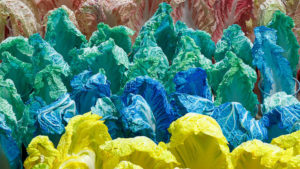
We had to navigate our way around, we had to prove ourself. There is less of that now, you can be here in Zambia and you have a thousand followers on one of your social networking sites who are interested in what you do. But yeah, I think it’s about having the interest in something and following it through, It is…..I hate to use the word…… passion.
Matt Kayem in conversation with the Zambian artist Stary Mwaba
Chinese Cabbage, 2014-2015 (detail)
In conversation with Stary Mwaba
There is no interest at all in our wellbeing
It is a Wednesday morning and we are driving in one of the affluent neighborhoods of Lusaka. Our stop, an artist’s home, one of the strongest voices on the Zambian art scene.
Born in Chingola, Zambia, Stary Mwaba holds a grant by KfW Stiftung for the International Studio Programme at Künstlerhaus Bethanien in Berlin. In his paintings, drawings and installations the artist engages with socio-political issues and develops individual narratives of history, real or imagined. Chinese Cabbage was a brilliant take on the Chinese influence in Zambia. The Kenyan artist Michael Soi is loud and in your face about this but Mwaba’s delivery is subtle.
It is one of the projects that gotten me very interested in meeting with the artist.

Matt interviews Stary, 2020
So, after he showed us around his compound, the trees and a garden, not to leave out the guinea pigs he rears, for which it was my first time to see the little creatures. We sat down in his studio for a discussion, him, me and my host here in Zambia who happens to be his agent as well. A few minutes into the conversation, he had to be on a zoom meeting. We had to pause and wait for him to complete the virtual engagement. We sailed through a variety of topics, from art survival, appropriation, pandemics, technology and the current times.
The next time I looked outside, it was dark and also cold sending my legs wobbling followed by complaints of how it’s never this cold back in Kampala. Mwaba speaks in a careful manner, in length, not in a rush. Let’s see if I managed to capture everything he said.
Interestingly, Mwaba traces back the beginning of his practice to the period when HIV/AIDS was prevalent. And here we are again, he said, what we are going through now is like déjà vu considering the similarity of the situation – a disease with no cure spreading around and everyone is scared.
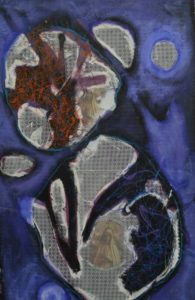
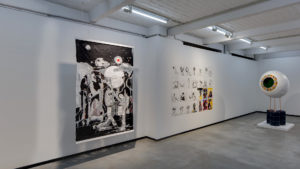
Life on Mars, 2015/installation view Life on Mars, Berlin 2015
One of the projects that got me interested in Stary’s work was Life on Mars with which he gifted me with a well compiled catalogue of. By the beginning of the 1960s, by the time of Zambia’s independence, a young physics teacher, Edward Makuka Nkoloso from Lusaka expended a great deal of ambition, pursuing the dream of sending African astronauts, called Afronauts, to the moon and the stars. This story reminded me of an interview I had with Henry ‘Mzili’ Mujunga, a Ugandan artist. He did a painting with the title Afronaut and confessed to me how he had stumbled upon the real story. And that you can’t take away the inspirational vibe from the story and how it speaks about the image of Africa outside and what’s it’s capable of doing. So Mwaba went on about how a friend of his sent him a video of Makuka Nkoloso back in 2013 which seemed like something that called for mockery and laughter. Stary’s father knew something about the dreamer Nkoloso and he offered the stepping stone to his research. Stary accounted to me how he met several people during his research.
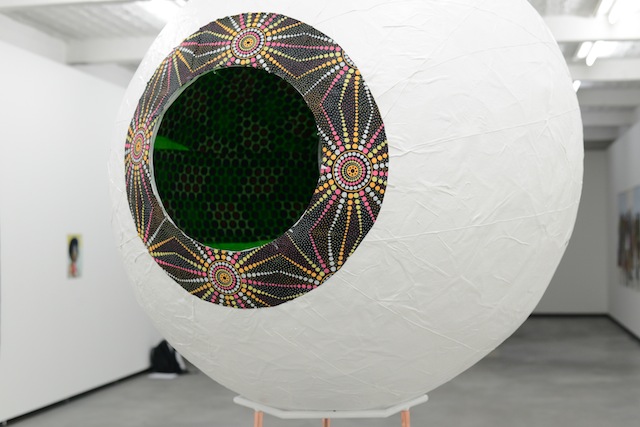
Installation view (D-Kalo I), Berlin, 2015
SM: So this Life on Mars is not only about my personal experiences but also speaks of aspirations…I mean, this man amazed me, I thought about the time he was living in and he was thinking about space. Initially that wasn’t really my attraction to it. It was the fact that he said that if the U.S and Russia are doing it, we are going to do it. I just thought about how we look up to America and other places and this guy wants to compete with them. That blewed my mind. So I wanted to know where he got the courage to do or say that because he wasn’t mad or dumb, he did a lot more other things like sit on the board of ANC (a political party in Zambia).
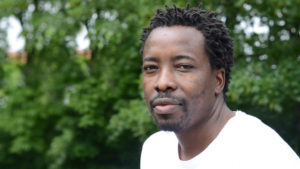
Stary Mwaba
MK: Your work about Nkoloso, what were you trying to achieve with it?
SM: I think my first reaction to that work before I even saw any other work by any other artist was to watch the video first. I got it from one of my friends who was working for an auditing firm, I think it was in New York. I looked at the video and it seemed funny at that time. I looked at the comments of all these white people saying how stupid Africans are. Suddenly, I had a different connection to it. My father used to tease my mum because she came from where Nkoloso came from. So I looked it up and there was this woman Christina de Middel, who did a work on this. It made me so excited. I actually mailed her but I never got a response. But I saw this interview and she was saying that she wanted to tell an alternative story about Africa other than what has always been said. But in the end, I was disappointed by the work because I felt it has Eurocentric undertones and I decided I was going to make work from my stand point, as an African, a Zambian who’s closer to the story. So I decided that I want to know more about this guy and tell my story from this end. And I remember people ridiculing me and referring to Christina’s work pointing that it had been done before.
MK: Is there another artist who has done work on Nkoloso?
SM: I know Aaron Mulenga has done something but also Isaac Kalambata. Anawana did something too.
MK: So there is no other artist who did work on Nkoloso before you?
SM: No, I don’t know anyone from Zambia who did work on him before me. The South African curator, Gabi Ngcobo is the first person I know who wrote about Nkoloso.
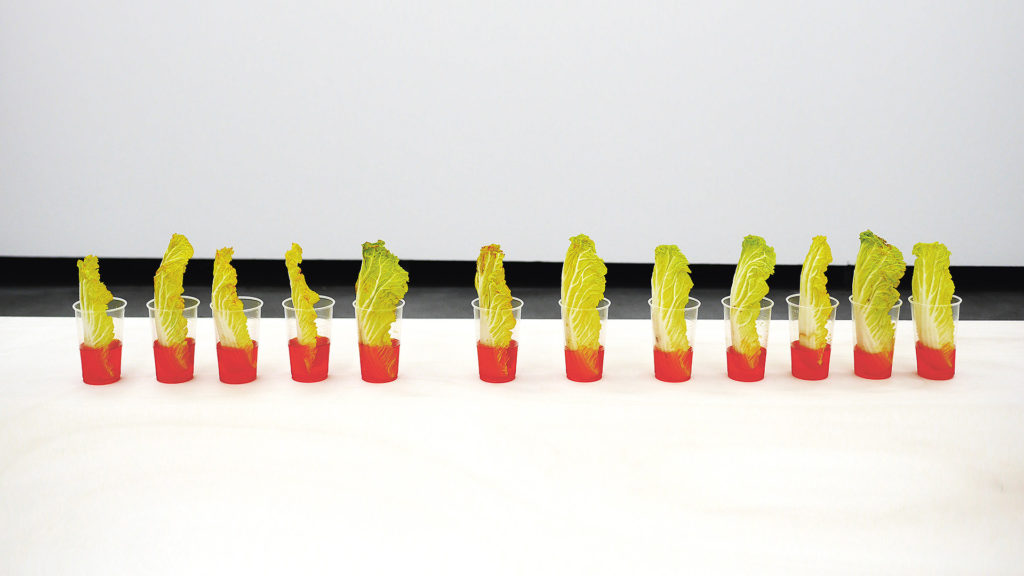
Chinese Cabbage, 2014-2015
MK: Your work titled Chinese Cabbage was a brilliant take on the China and Zambian “friendship”. How important is this work?
SM: When I started working on the Chinese Cabbage project, I had taken my daughter to the Chinese school back in 2012. If you remember, that’s when Sata (the politician) was campaigning and he was very anti-Chinese. I was fearful of these people too but, you know, you come back home and you realize that these people are going to buy our minds. And then you start thinking like a parent. My daughter learnt Mandarin, so, if these people would buy our minds, she would be better placed because she can speak their language. And also, she was working on this science experiment – I usually do these together with my kids – so the experiment was about how plants absorb water from the ground. The Chinese cabbage was picked as something to test on. It has this wide stem and when you use food color, it absorbs it. The leafy part changes color but the stem stays white. Meanwhile, there is this political situation in the background. So I connected these two together and got an art project. And I saw that it had this subtle way of addressing the issue and it best spoke to where I stood. So I did some research about the plant.
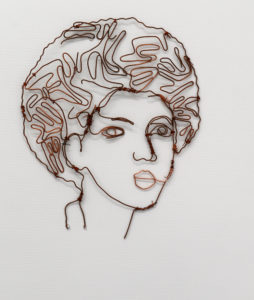
Martha Mwaba, 2014
In 2013, in Asiko, I met Bisi Silva, it was during one of the presentations I made. Initially I was using copper making this color leafs and then taking photographs. Being in that environment I had help from a lot of people. Bisi told me to continue with it. Besides, I was doing other works, making a sculpture, and I wanted to tie the ideas of going to the moon with this one. And just like the Nkoloso story, from what you read and what you’ve been told, these are local stories. My grandmother and I lived in Chambeshi where the Tazara railway line passed, but the current narratives are different from these I grew up seeing and listening to. And this is why a lot of people don’t understand this project thinking that I’m pro-Chinese. But my work is very critical of firstly. The cabbage itself says a lot about their interests. It also spoke to what this vegetable is. It is food and we are eating it but it is cultivated throughout the year, not like our traditional vegetables. And that’s an advantage… right? So this cabbage became a representation of the situation… I started noticing how narratives are put out, I wanted to understand the history of this, also because I have a connection with this practice. I grew up watching Chinese movies, you know, the Bruce Lees but I notice, these are in a different way Chinese, or maybe they are the same. But you realize that somebody is feeding you the narrative. And these narratives, especially what the media puts them out, have nothing to do with us. There is no interest at all in our wellbeing.

Chinese Cabbage (detail), 2014-2015
Like I said earlier, I’m interested in telling our own stories from where I stand. So I went back home and started reading again. At the same time the Americans were building the Great North road. The Great North road is a very capitalist concept, you build a road meaning you can stop anywhere, but the railway line the Chinese built is a very socialist/communist concept, controlled by governments and stops at a certain destination.
And when I went to Germany, to Berlin, my Chinese Cabbage project was talked about a lot. People made the reference to economic colonization. Because I was getting so much attention for this project, I thought I’m going to go back home and do more research. So the impression I had is that the Chinese have taken over all the mines but I was in for a surprise: they only own one mine! Okay, I say, let’s see where they have polluted the water, and I find out that American companies were polluting the environment. So I start to question these terms, like “economic colonization”. We’ve been colonized economically way before the Chinese came, we are talking about the collapse of the Black Mountain as a result of mining. We are not talking about the actual copper mining (Glencore had to put their mines on hold recently). Is that what you are really interested in? You are not interested in somebody mining my copper!? How often do you hear them talking about this? And you realize, this is not about us, it’s about them. So I became critical of the media. People who are telling you something. Who is telling our stories? People are sending me stuff and I try to tell them how they have it wrong.
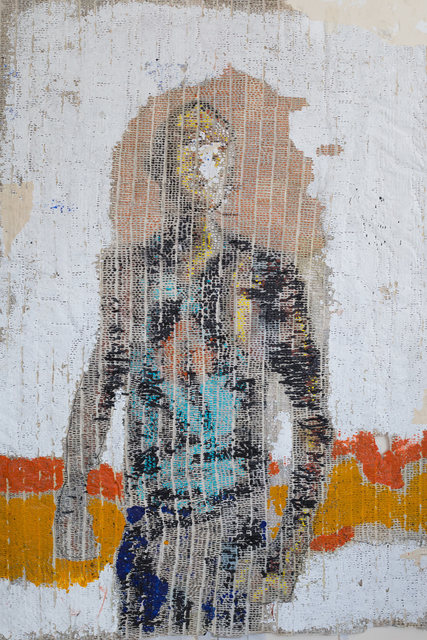
Silicoses Series, 2019
MK: You have painted, drawn and worked in installations too but what’s your favorite area of expression?
SM: You know, I started with drawing and my drawings were imaginative but when I started painting, my paintings became very attractive easily. So I’ve been going back and forth. So it’s very hard to say. I paint mostly. Now I feel like I want to go back and do a lot of drawing. At the moment, I’m painting in a very different way. I’m using newspapers and perforate them, still painting. The other thing is that I work on several things at the same time. Maybe I should try and concentrate on one thing. I have to go back to what I started two years down. It gets to a point where that I don’t feel challenged because I am just doing. So I like to challenge myself and try to express myself in different media.
MK: What do you think of the situation right now, you know, the pandemic? Has it affected your work?
SM: No, I am working. At first, I thought, this is so cool. But I like going out to the market and see what’s happening. I thought it would be fantastic and I’m going to be writing and all that. But also it’s this thing about fear, you have friends who are very knowledgeable about the virus and then those who might not know much. So you are careful when you go out there and then you see your friends behaving a little careless. You are very fearful according to what you see on the news. There is a lot of worrying going on. I mean, it’s very hard not to be affected by it because my sister lives in the U.K. So you think about her. And like I was saying, I started making work when things were like this, when the AIDS pandemic was around.

Silicoses Series, 2019
MK: How old were you during the HIV times?
SM: The first time we heard of people coming out and saying they were positive was like 1991. A Zulu guy, for instance. I don’t know if he died. He was the first person to come out. People had died of it already but he was the first to publically declare that he had the disease. I was in 8th Grade.
MK: So do you think the situation then is similar to the current one?
SM: Absolutely. It’s about a virus that’s incurable. And it’s probably worse now, in that you don’t have to go and sleep with someone to get it. It sounds more intense. But even back then, you were this young person and you had dreams of having a family and you got so scared that it won’t happen. And you have relatives much older than you…so you got very fearful. Yah, I remember having the same feeling, well, perhaps not exactly the same……
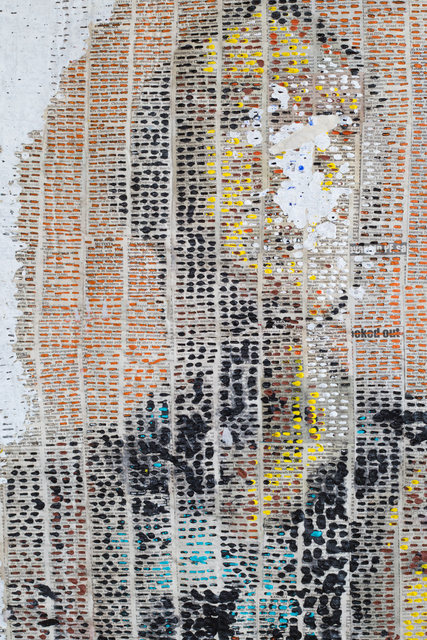
Superhero, 2019
MK: So you earlier talked about surviving as an artist, with the same voice, what advice would you give to a young artist like myself?
SM: I’m tempted to say that you have it easy but I’m not sure if it’s fair to say that. You know, in our days, if you knew about a workshop, somebody had to email it to you or you had to know someone in Lusaka who was connected. But you can get your information instantly and you have access to a lot of people at a press of a button. And that’s significant as far as getting information is concerned. So, from that point of view, your situation is different from mine. What I’m trying to put across is, now more than ever, people are more interested in where you come from and what you do. It’s very easy that you can start making art from found objects, you don’t struggle with trying to order for these expensive materials. Yah, I think your situation is different and it’s important that you can make a conscious decision from an early stage because you have the information. You can say that, you know what, I’m interested in research, my work will be more about that and you really focus on that.
We had to navigate our way around, we had to prove ourself. There is less of that now, you can be here in Zambia and you have a thousand followers on one of your social networking sites who are interested in what you do. But yeah, I think it’s about having the interest in something and following it through, It is…..I hate to use the word…… passion.
